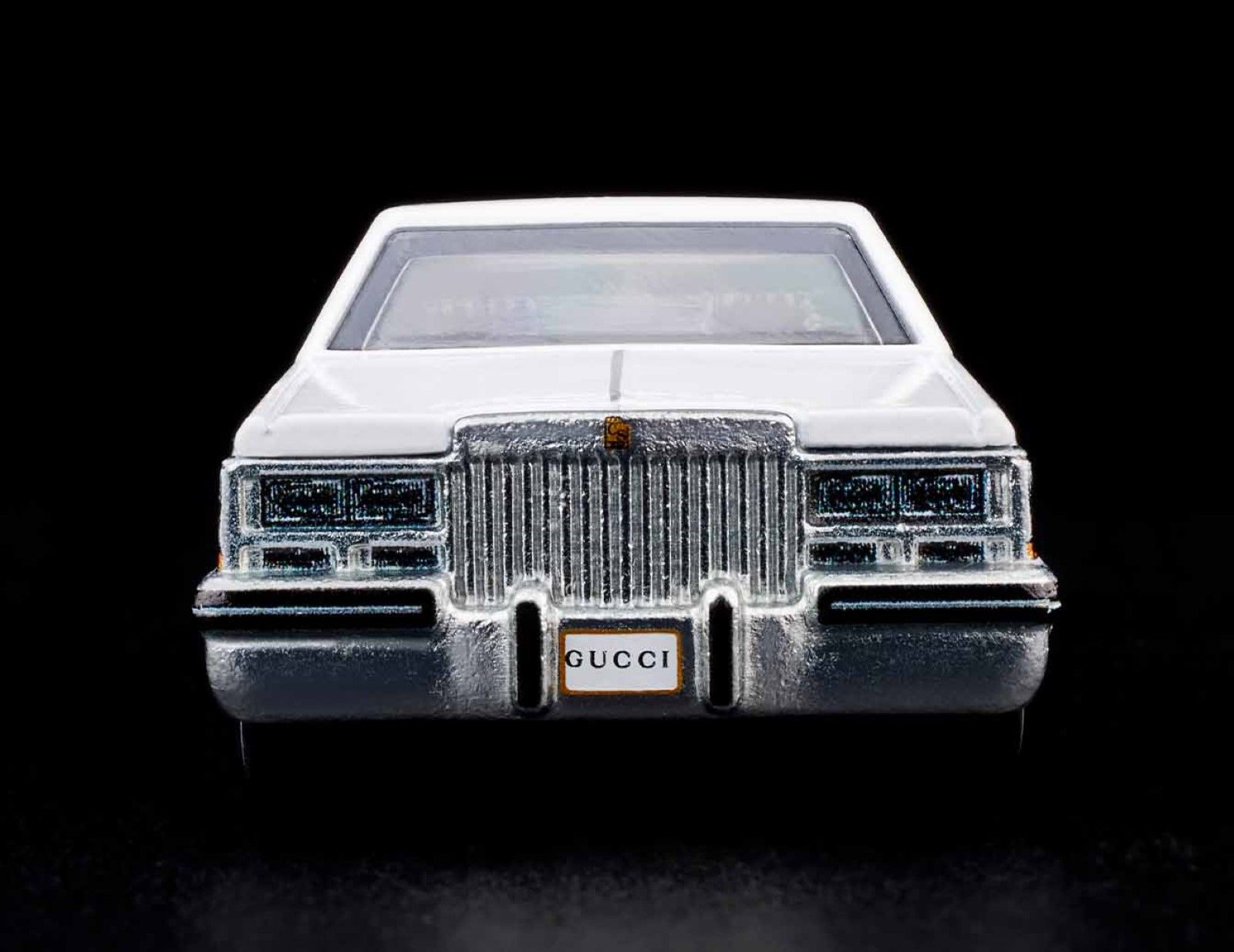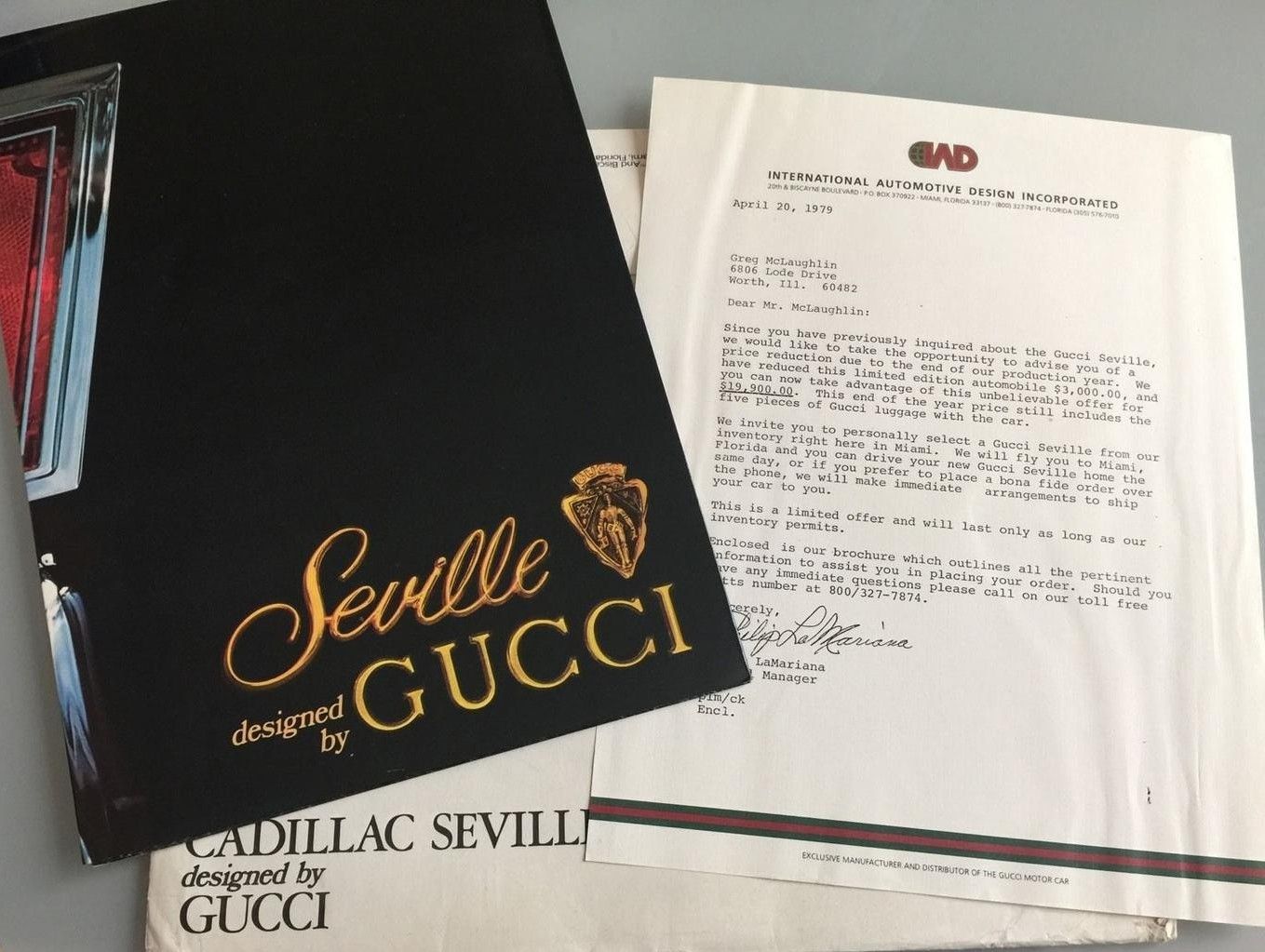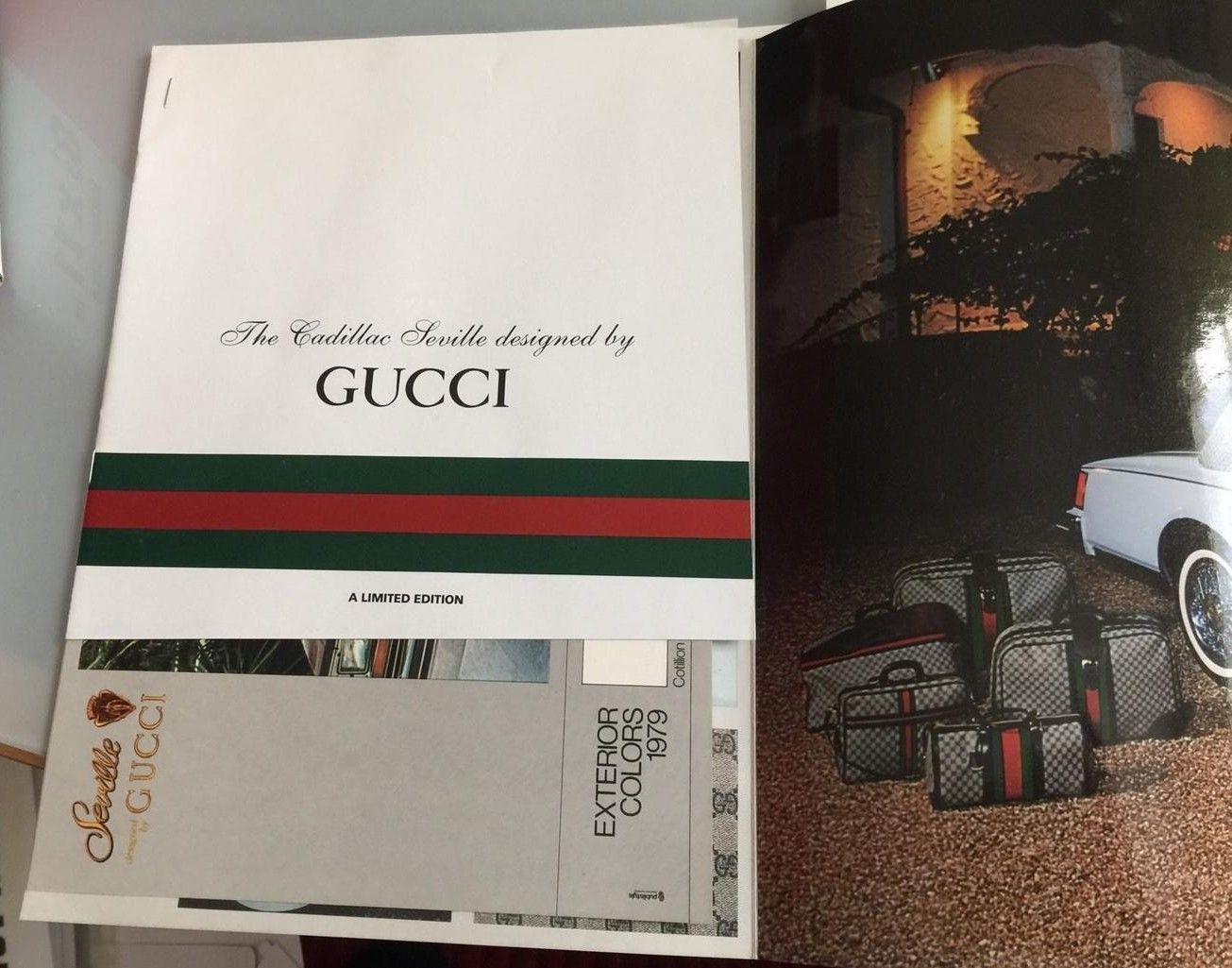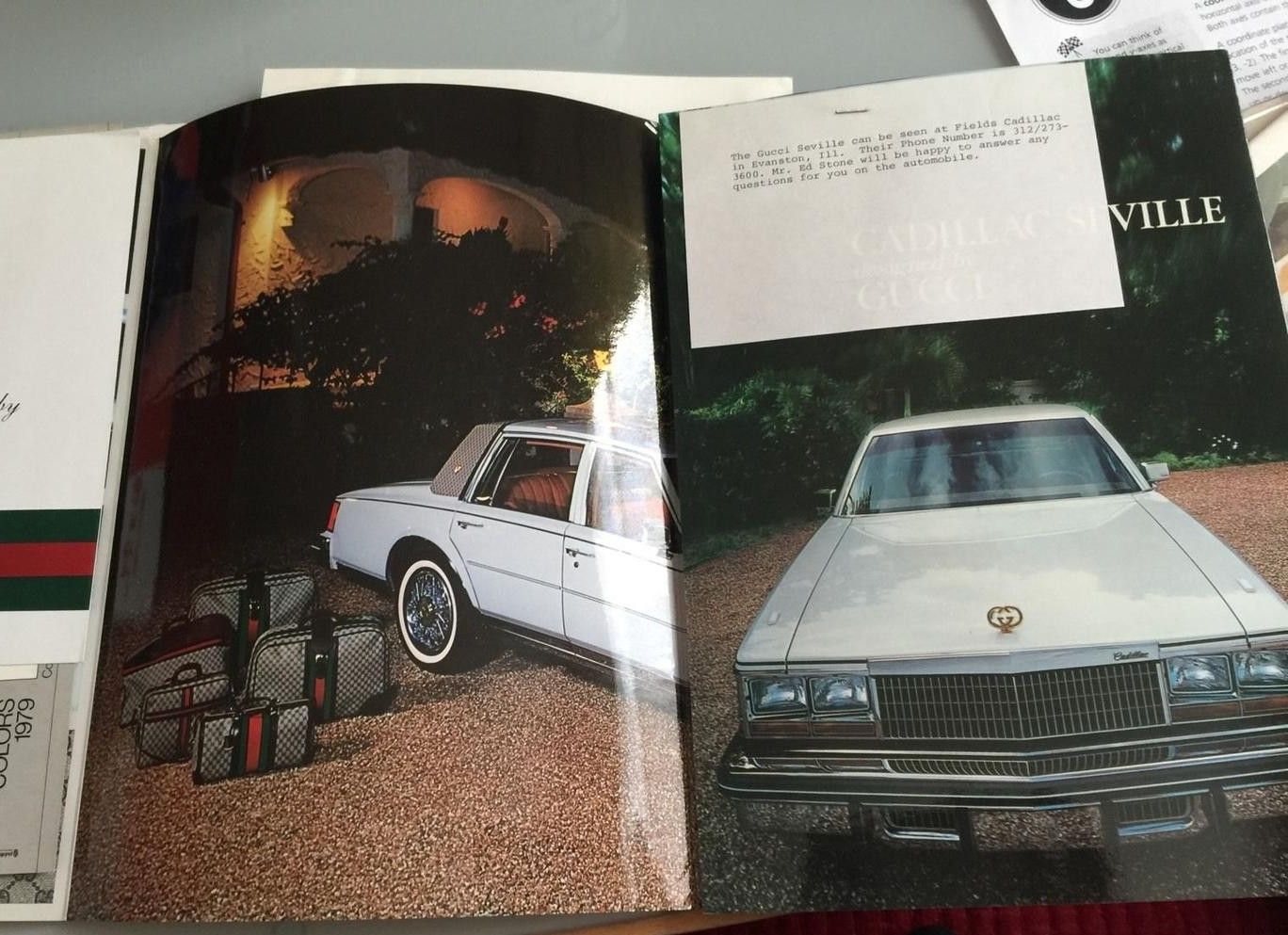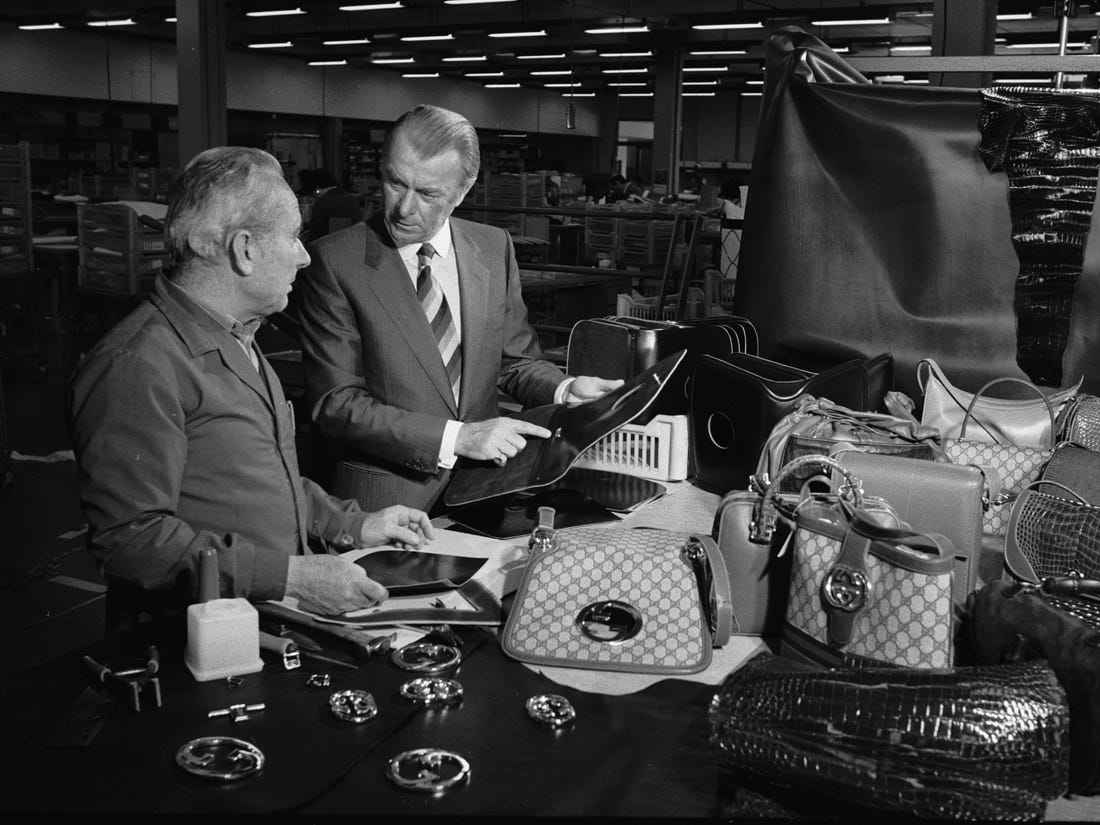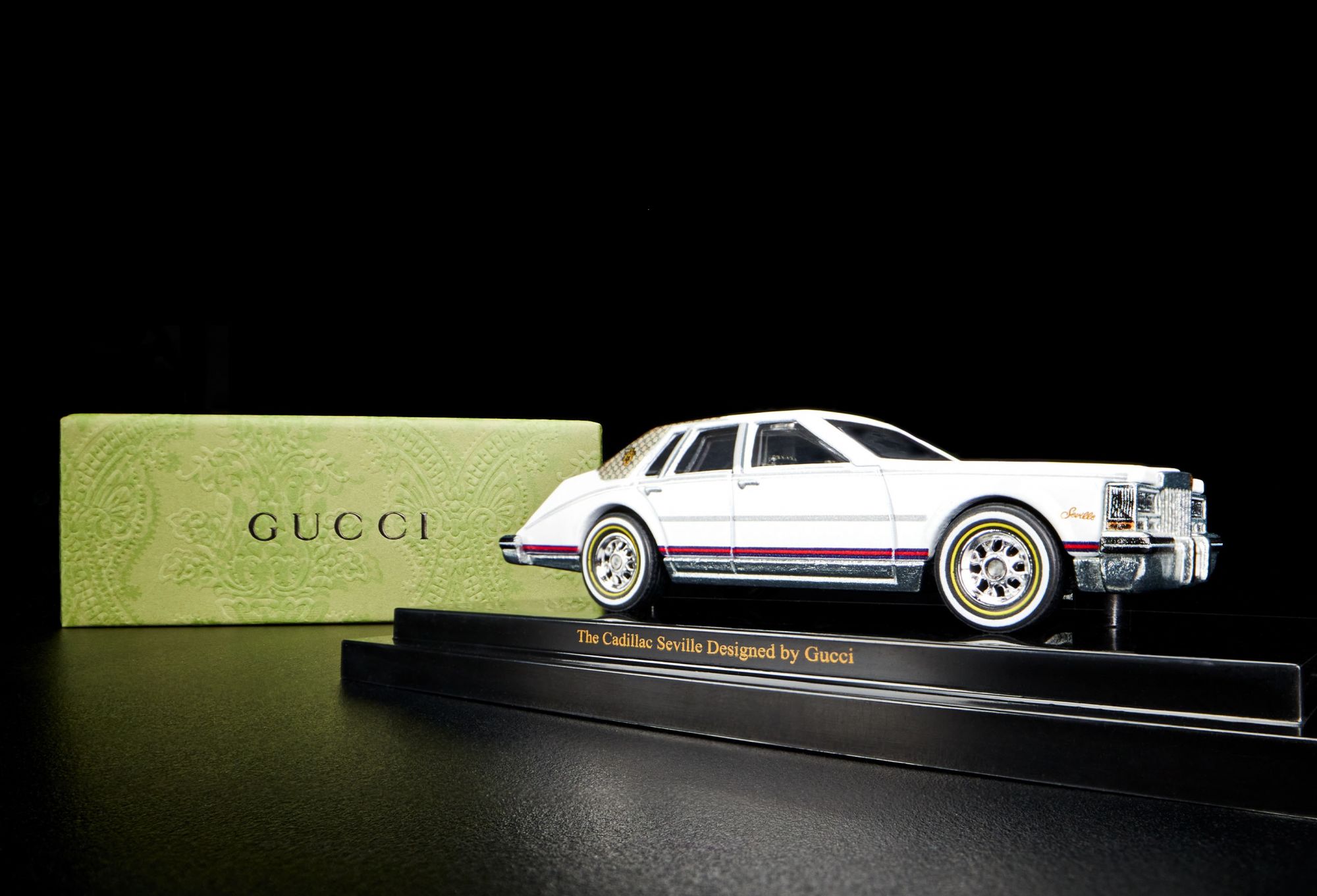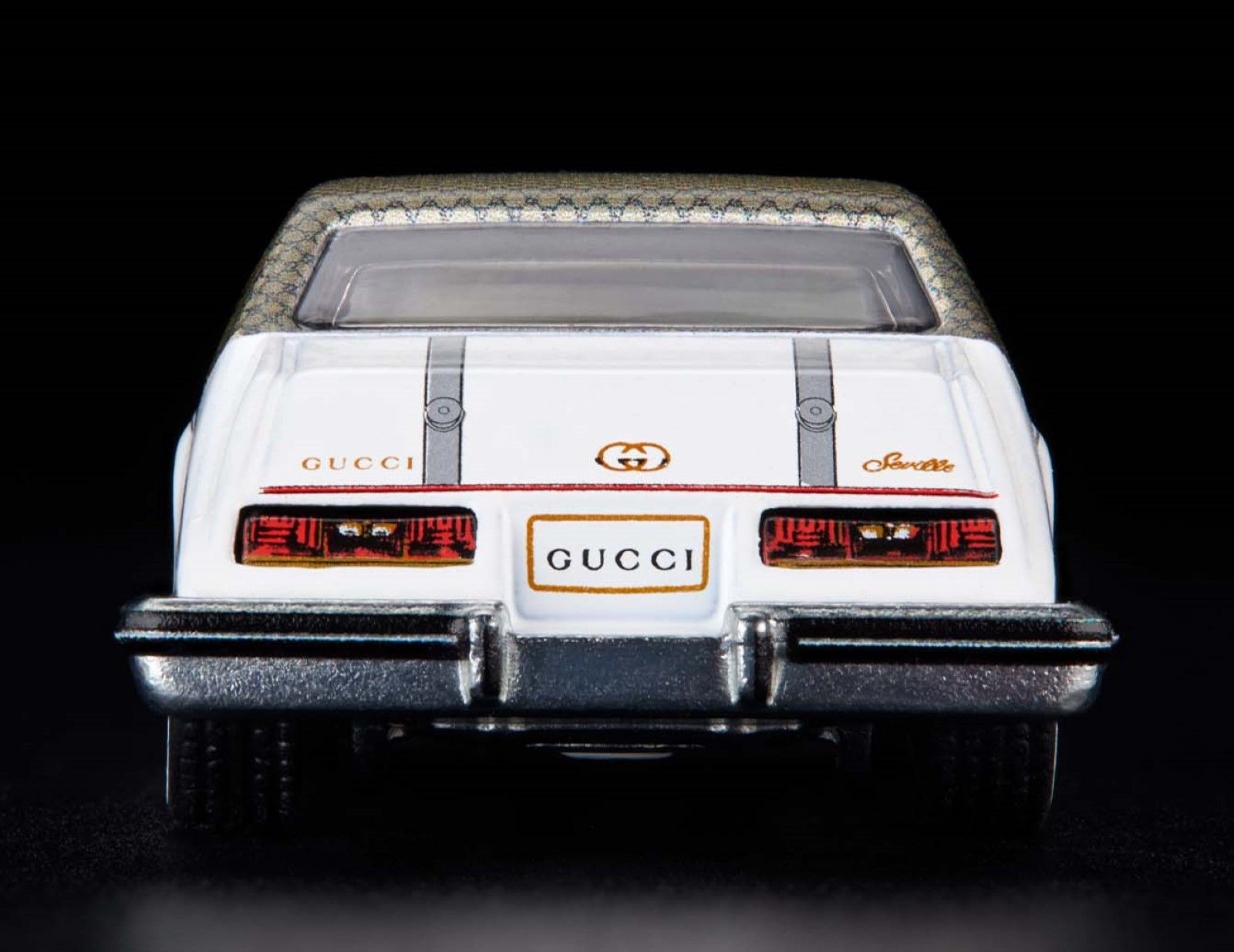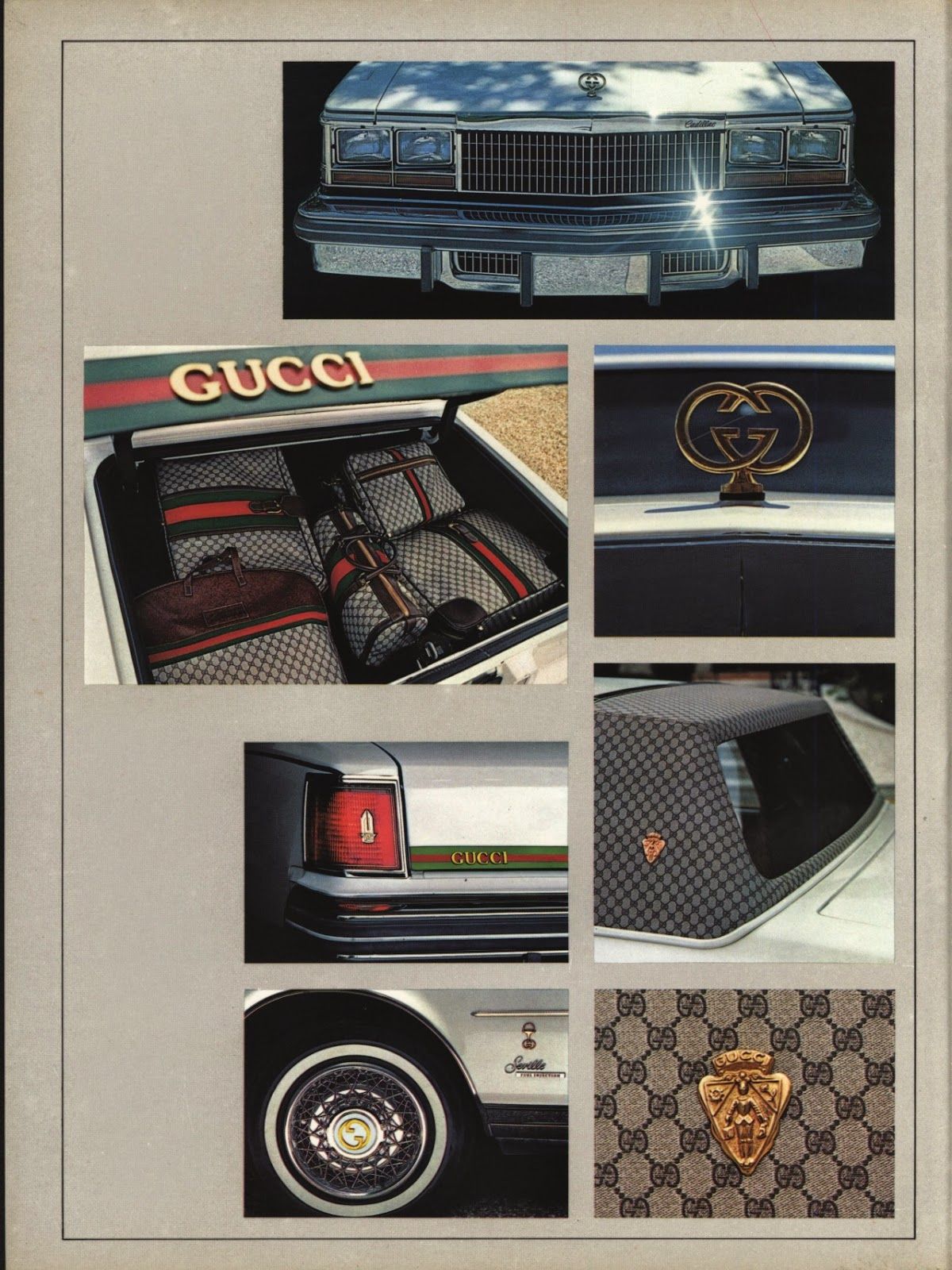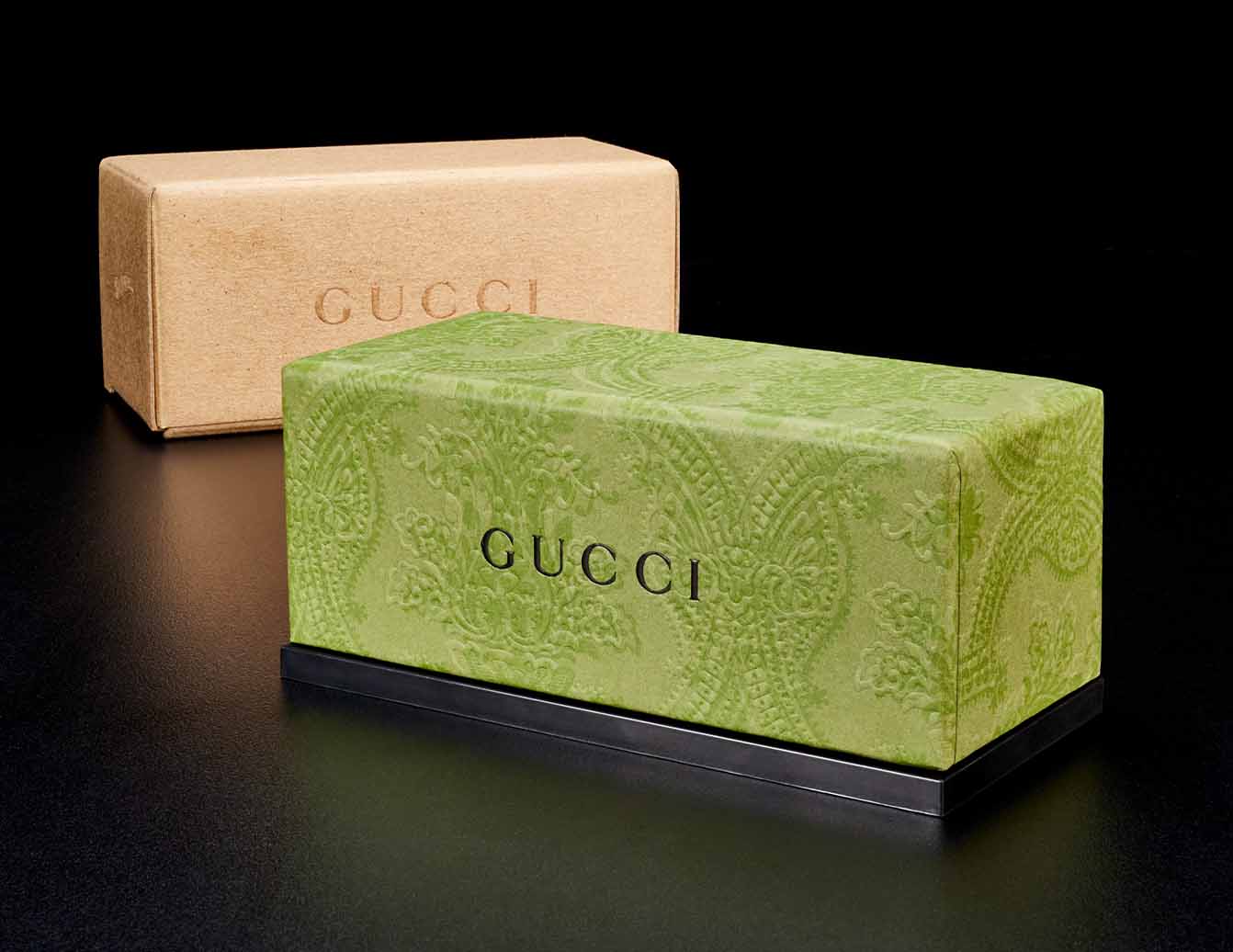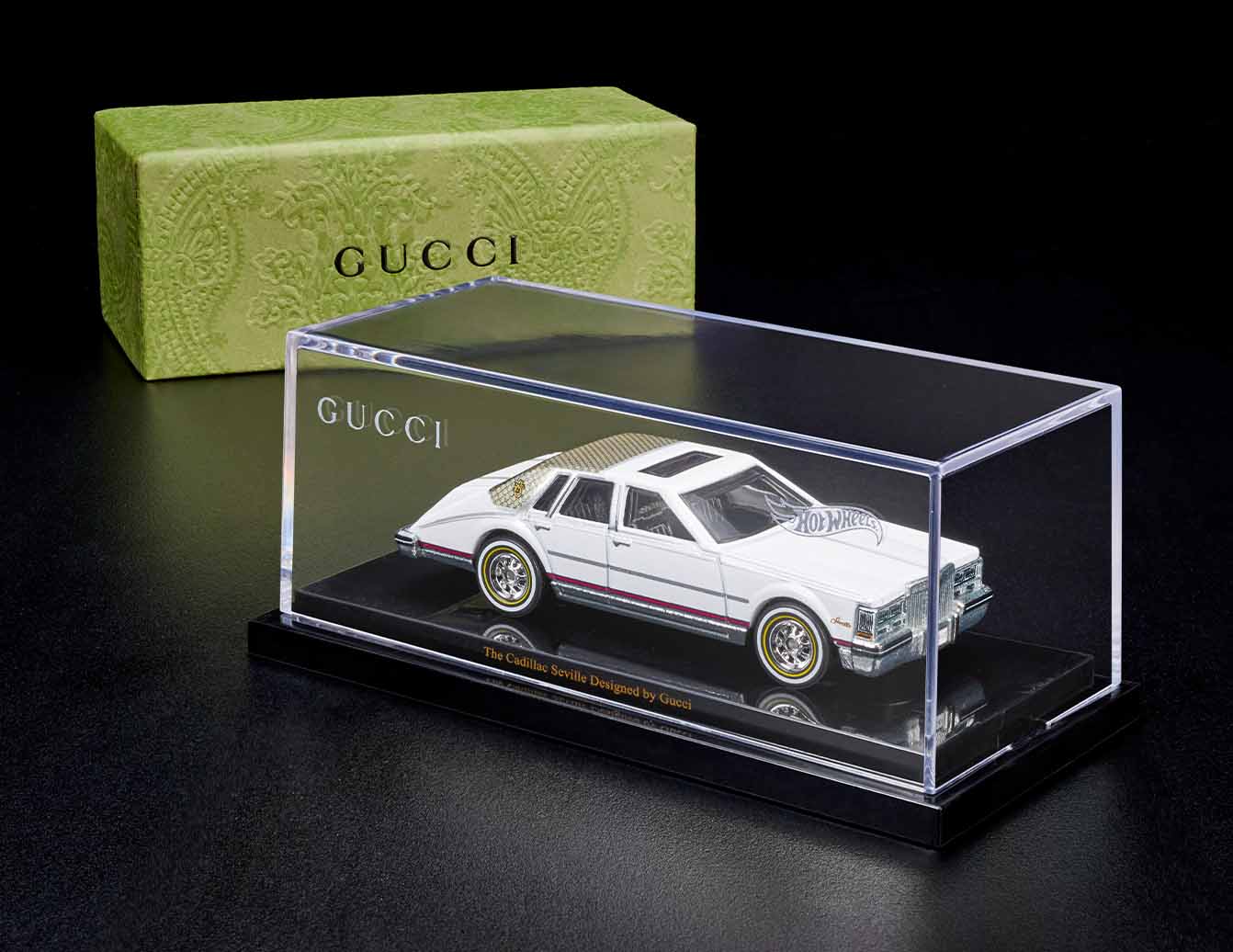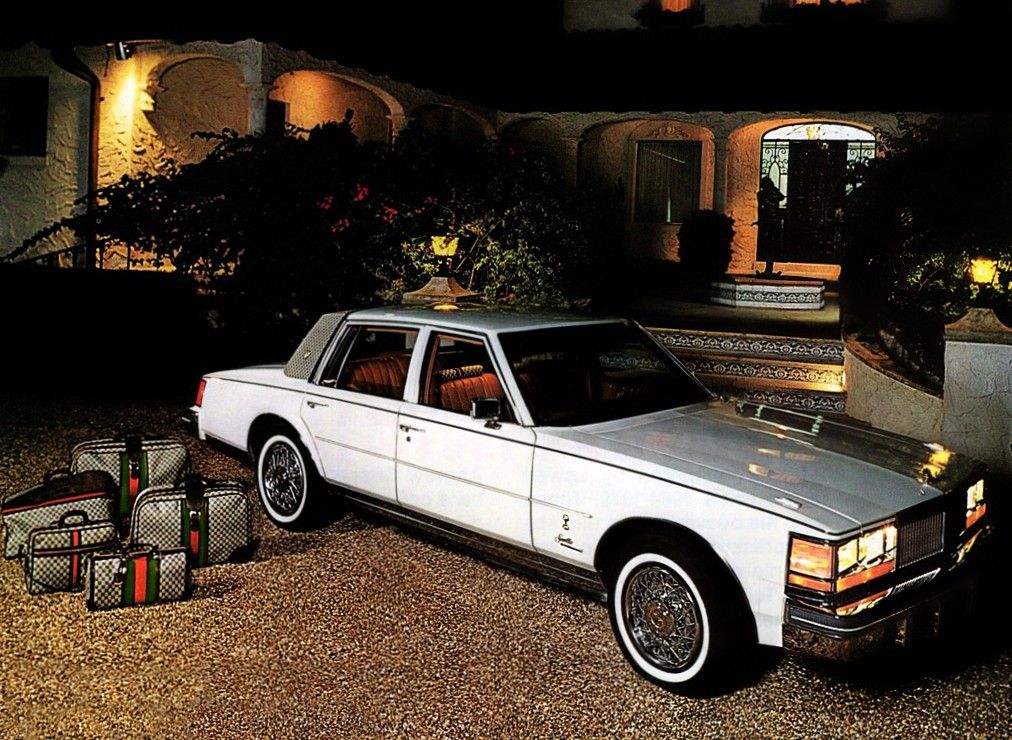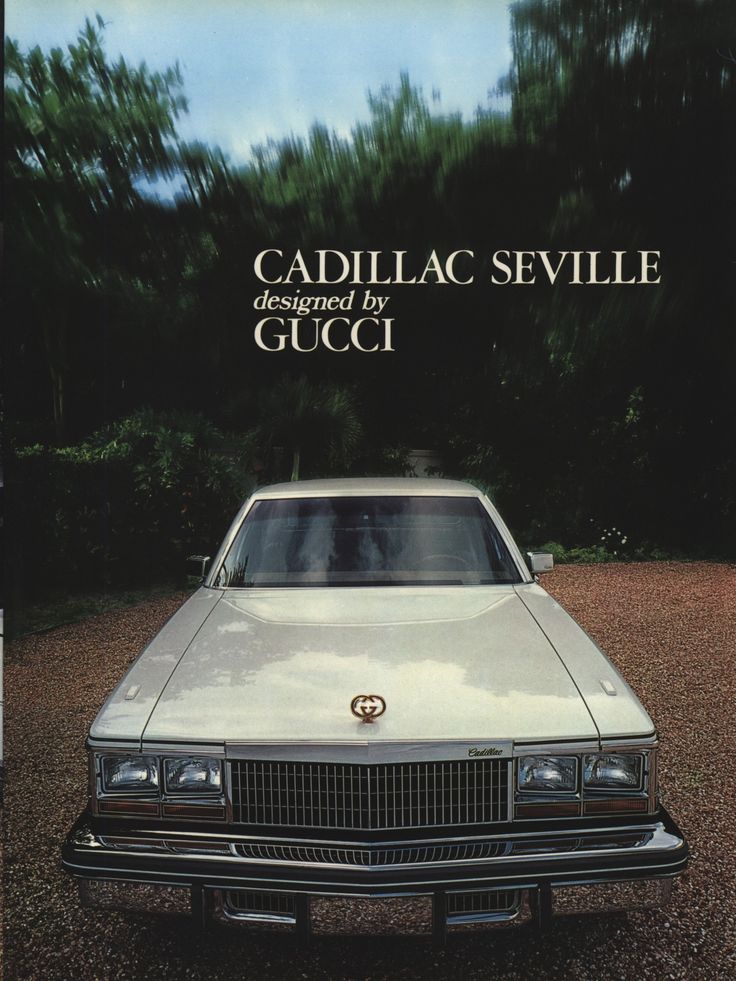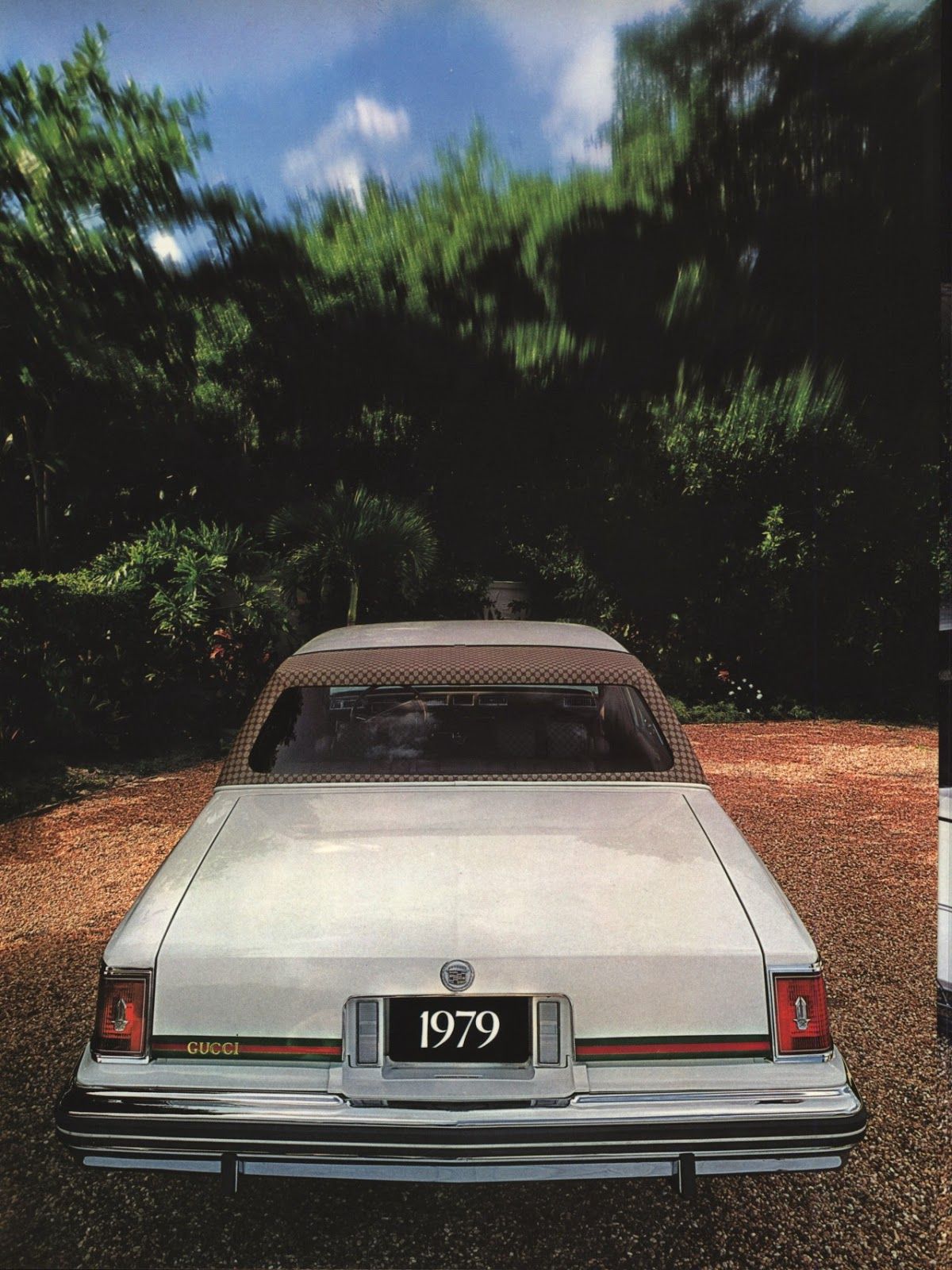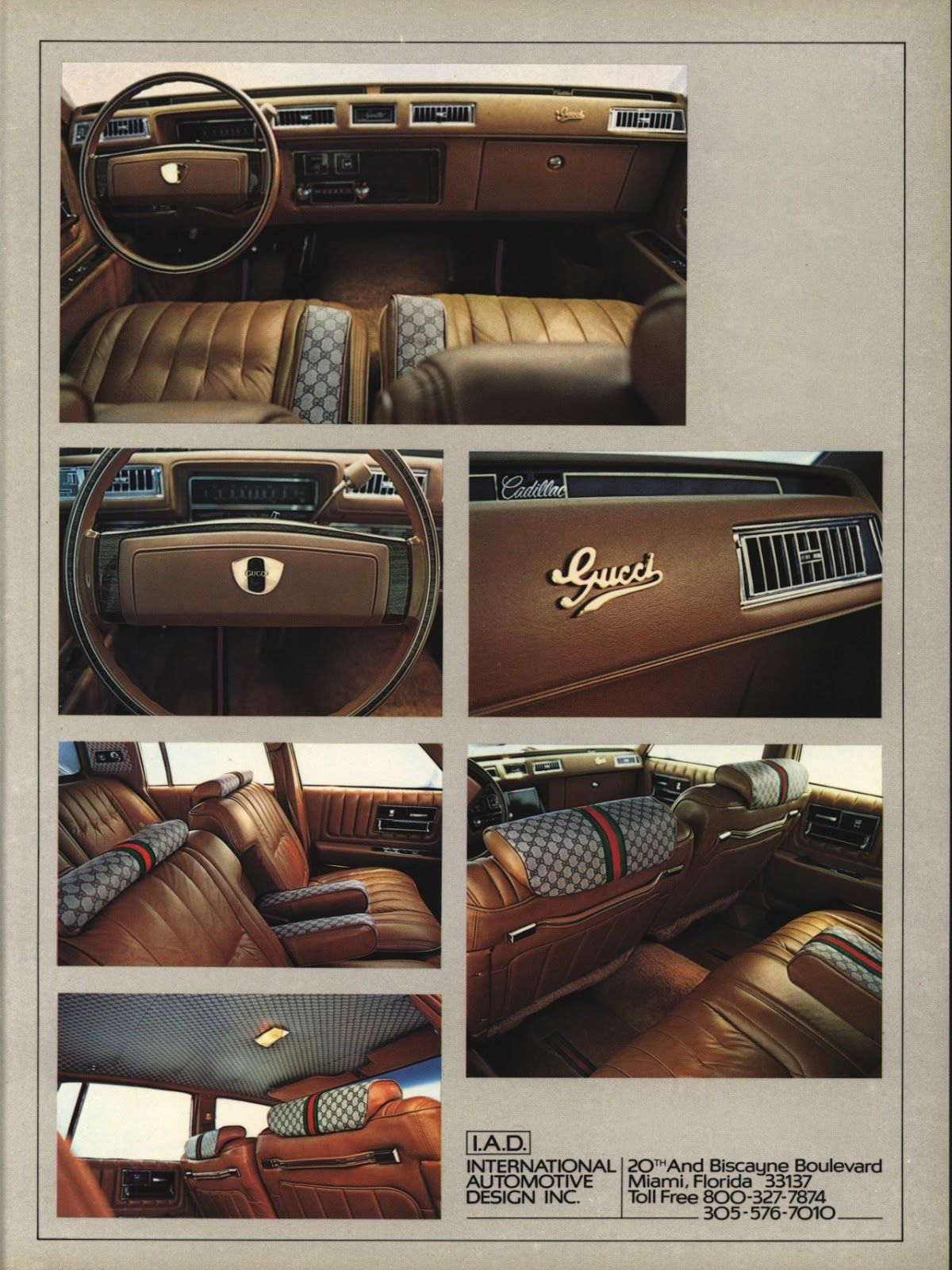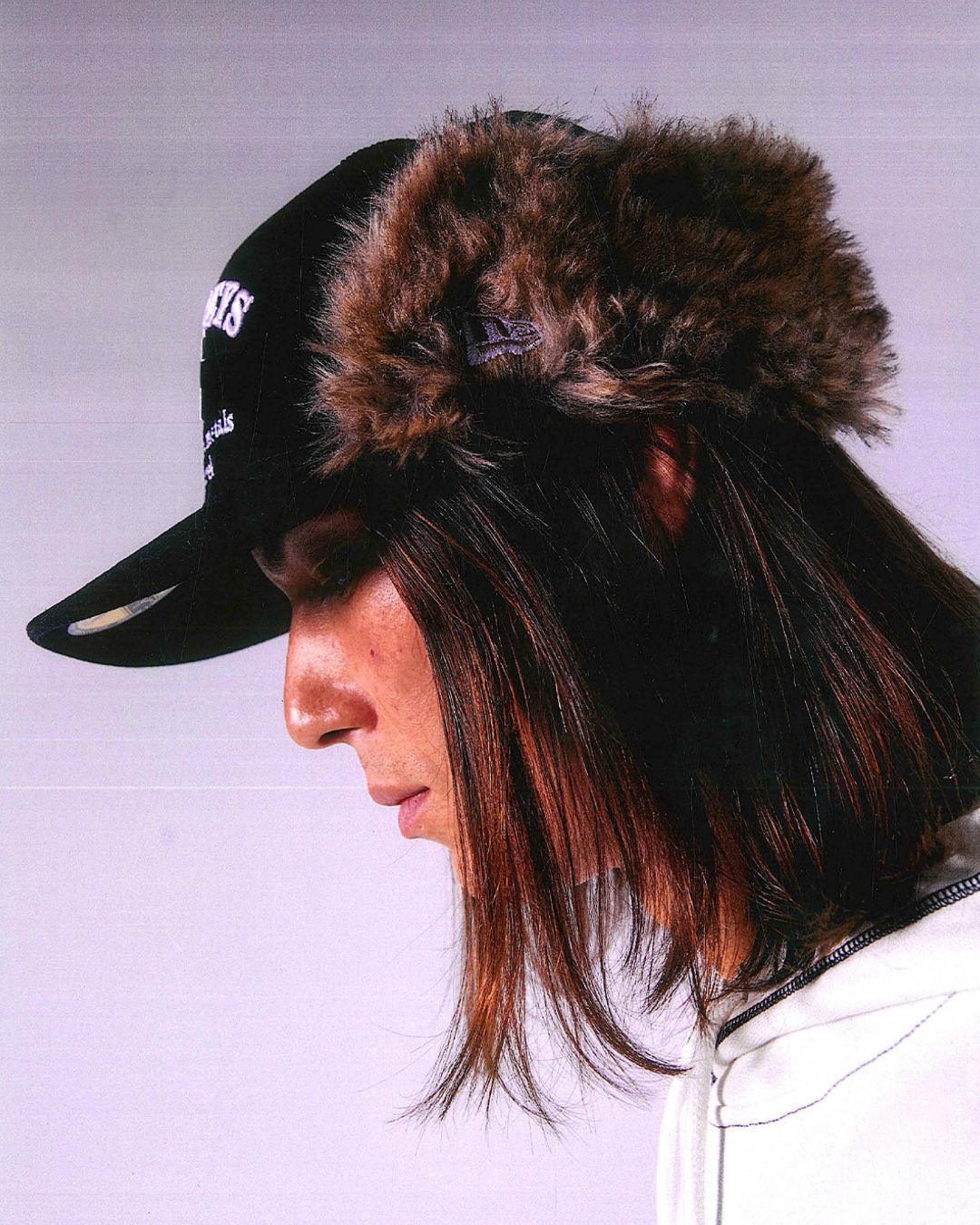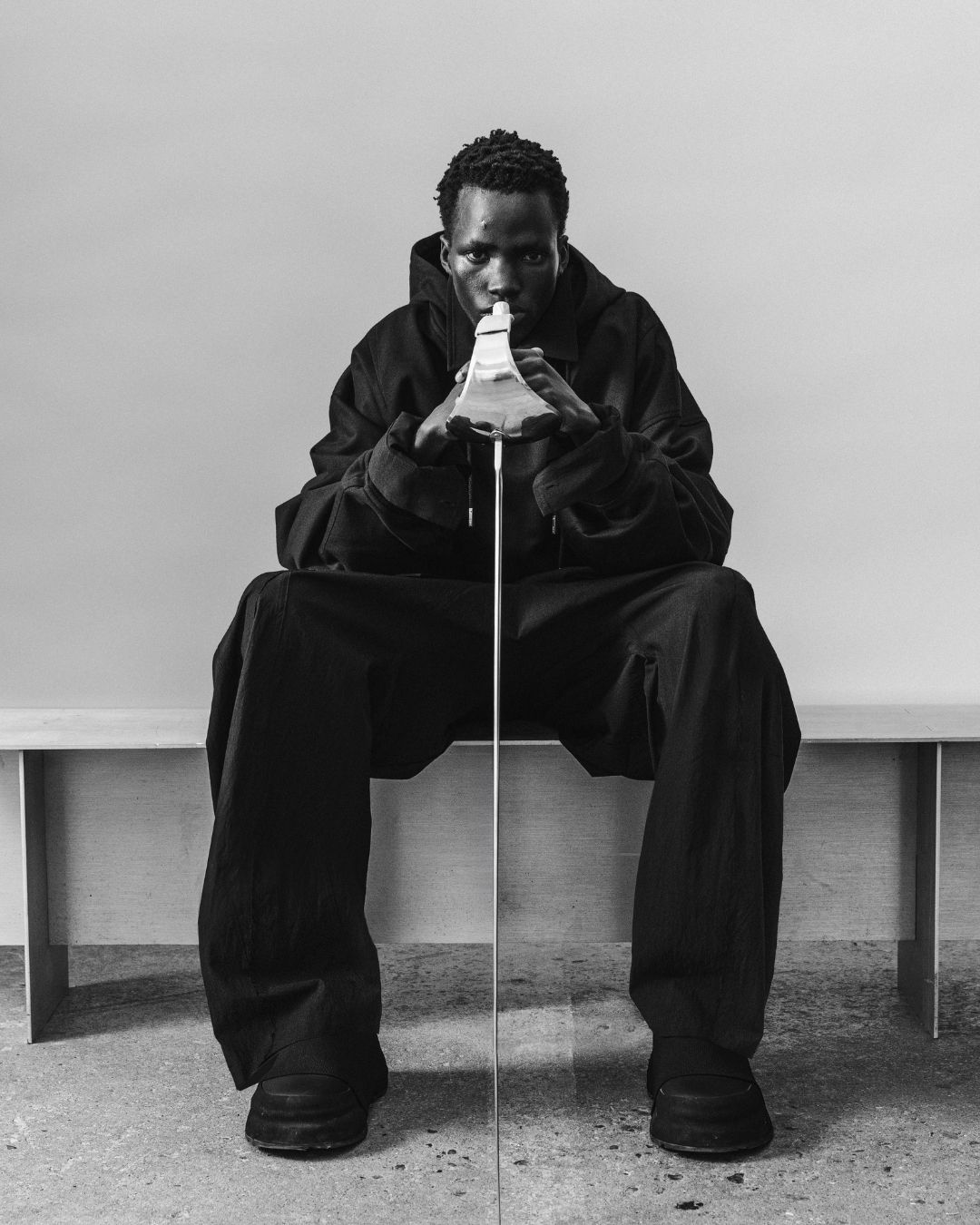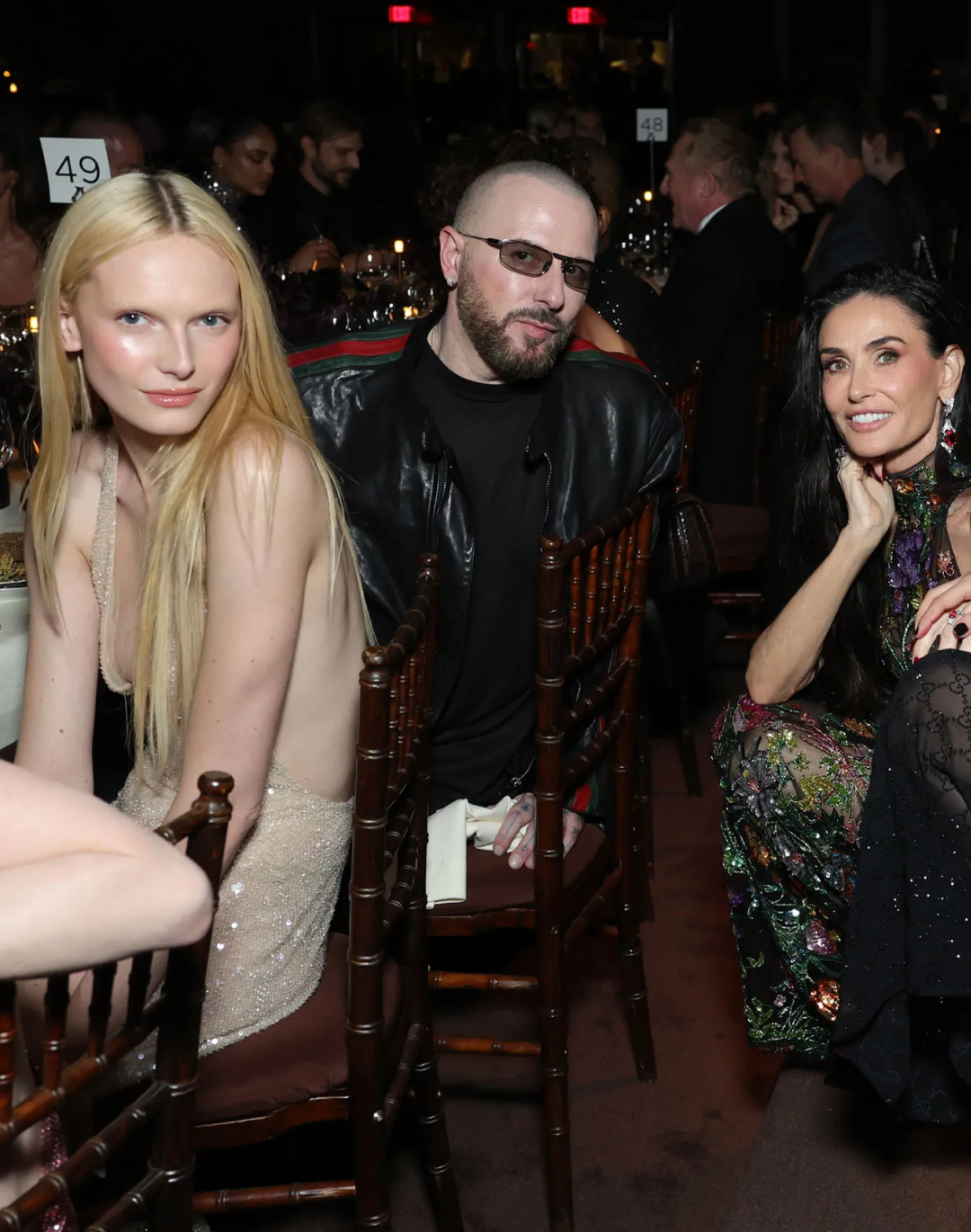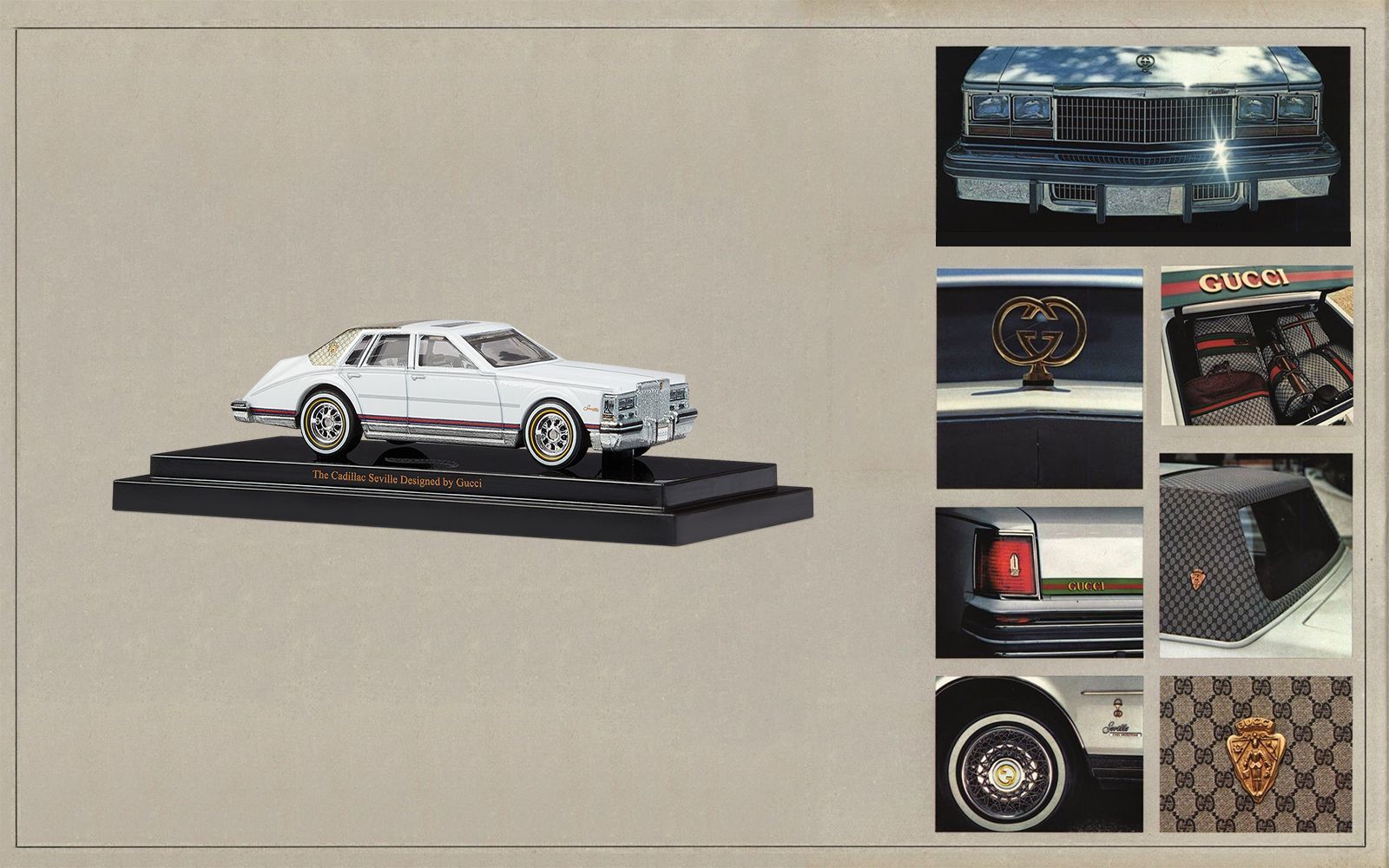
The story behind the collaboration between Gucci and Hot Wheels A model of the Cadillac Seville signed by Aldo Gucci in '79 on the occasion of the centenary of the brand
2021 is the year of unexpected collaborations: if until yesterday it was the collaboration between Balenciaga and The Simpsons that caused discussion; and if before this was the collaboration between Fendi and Versace – the next will be the one between Gucci and Hot Wheels for the limited edition production of a model of the 1979 Cadillac Seville by Gucci in 1:64 scale. The collaboration is a first for both brands: for Hot Wheels it is the first partnership with a fashion brand, for Gucci instead it is the first collectible.
The occasion of the launch is the centenary of the brand, celebrated with the Gucci 100 collection directed by Alessandro Michele, which with its many initiatives has become a sort of great time machine in which the past, present and future of the brand and its imagination are brought to light and made to coexist. The protagonist of the collection is one that Aldo Gucci, president of the brand for 33 years as well as son of the founder personally designed and tells a story and an aesthetic of another era, a journey into the memories of the United States of the late 70s.
Back in time: the story of a forgotten collaboration
If the 40s had been dedicated to expansion in Europe, under the leadership of Aldo Gucci, starting from 1953 the brand had made the United States its second home. At the time the luxury market was very different from today's: there was no globalization, the Asian market had not yet exploded as in recent years and Gucci, after becoming popular among Hollywood stars already in the 50s, began to expand its reach even outside of New York and among the more general American public. In '68 the Beverly Hills store was opened while in '72 the young scion of the family, Maurizio Gucci, had joined his uncle Aldo in New York; and in New York, on 5th Avenue, two of the most important Gucci stores in the world had opened. Also 1972 was the year in which Gucci began working on new experiments and produced its first car with the now demised AMC brand. American Motors Corporation (of which AMC is the acronym) was in fact the first brand to contact fashion designers to sign exclusive editions of its cars. Just in '72 the company made agreements with Levi's, Pierre Cardin and Gucci for the production of designer cars. The result was the Hornet Gucci Edition, a station wagon with a branded interior that did not leave Satisfied Aldo Gucci who, passionate about luxury cars, looked at the Hornet as a family car, not an icon of luxury to which to associate the double G.
However, the Hornet was a turning point in the relationship between fashion and automotive, so much so that Lincoln, at the time considered the emblem of American luxury, to produce from 1976 onwards special editions of the Lincoln Mark IV in collaboration with Givenchy, Bill Blass, Cartier and Emilio Pucci. Aldo Gucci proposed to create the Mark IV by Gucci but Lincoln declined the offer in order not to use a brand already associated with AMC. Aldo Gucci then decided to turn to the competition, General Motors, which among the various brands also owned Cadillac, an icon of luxury and American aesthetics. The Chicago-based company, however, had no intention of producing a model specifically for Gucci, and on the other hand the brand had no kind of know-how in car construction. The compromise was found in the middle: Cadillac would make available to Gucci a series of Sevilles that would be customized with details of the brand. For this reason, in 1978 the Seville by Gucci was made available. The cars were purchased from the Cadillac factory, brought to Miami through a dealership and from there to the I.A.D. workshop, a third specialized automotive design partner, which replaced all the original branding with Gucci symbols - including 24-carat gold decorations and inserts with the double G pattern both inside and outside the car. The collaboration then continued for the following years, also adopting the updated Seville model introduced by Cadillac from 1980 and then stopping in 1984.
From a commercial point of view, the operation was not particularly relevant so much so that the partnership was not renewed and in general the US car market gave up collaborations with fashion brands in the second half of the 80s. What was relevant, however, is the aesthetic influence that had the operation that - perhaps at the time not fully consciously - mixed the codes of the American automotive with those of European luxury, the same operation that operated Dapper Dan in his Harlem workshop applying the logos of luxury to New York hip hop fashion.
The relevance of Cadillac Seville by Gucci
Discussing the Gucci 100 campaign, Alessandro Michele compared the brand to an eternal teenager capable of reinventing and evolving with the times. Words that are not a press release platitude but that actually describe and summarize the heritage of a brand that since its inception as a saddlery and luggage shop has taken literally the concept of "expansion" not only expanding its business, but going beyond its boundaries and transforming the Gucci brand into an absolute value that went beyond the product and could be applied to every product. This already translated into a great importance of the logo in the 70s - which Aldo Gucci personally designed and discovered that he could apply to a huge number of products which enriched the multiverse of the brand to make it a world commercial power. The Cadillac Seville by Gucci was one of the forerunners of this trend that since the 60s had found expression with initiatives such as the Gucci Galleria, a V.I.P. Lounge in the stores of Beverly Hills and New York where the brand's high-end products were exhibited together with works of art, gems, precious antiques - a brand experience ante litteram.
There is a parallel between our era and Michele's Gucci, with the end of the 70s and Aldo's Gucci. Despite their historical differences, in both historical moments the company was at its peak, its worldwide diffusion very extensive and its maximalist style as it had never been. In both eras, then, there was a lot of experimentation with new retail concepts, cutting-edge collaborations and above all with the power of logos. A whole kind of aesthetic that not only re-emerges in the citations to the archive that recur very much in Michele's collections as well as in projects such as the recent Gucci Vault - but that will be destined to return to the fore when House of Gucci hits the cinemas, bringing to the screen the true story of the family behind the brand but also all its archival pieces.
And if in the 70s it was a Cadillac that had to become an expression of distinction and luxury, today it is a collectible. According a report from Deloitte says that collectibles «not only serve as an alternative investment, but collectibles are tangible assets that offer satisfaction and pleasure to their owners». The collectible is therefore a sort of materialization of brand value that can be owned, exhibited, collected and therefore elevated to a system - but which, like many modern collaborations, must also not be taken for granted, find in its uniqueness a starting point of further value. And here comes into play Hot Wheels, a brand certainly nostalgic for many of Gucci's customers, but also a brand that has managed to balance in over 50 years of life its original vocation with the ability to attract real car brands that provide it with the original blueprints of cars to make its famous models. This collaboration is therefore located at the crossroads of different drives of the luxury industry and culture as we know them: nostalgia and celebration of the past and the love of the archive on the one hand; the power of the logo and the realness of the brands involved in the other; but also the value of cross-sectoriality in surprising the final consumer (who would have thought that Hot Wheels would have collaborated with Gucci?) so the purchase will not be limited to owning a model car but to live an entire cultural experience when you know you own it.










































